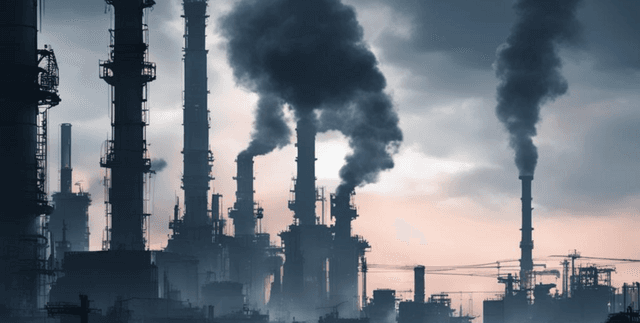Worldwide Urban Air Pollution Database
Data Science and Analytics
Tags and Keywords
Trusted By




"No reviews yet"
Free
About
Tracks urban air pollution by presenting the annual average PM2.5 concentration for cities around the world. The data provides insights into air quality trends from 2017 to 2023, compiled from a global network of monitoring stations. This information is significant for environmental research, public health analysis, and urban planning, offering a basis for understanding and addressing air pollution challenges in urban areas.
Columns
- city: The name of the city.
- country: The name of the country where the city is located.
- 2017: The average PM2.5 concentration in 2017, measured in micrograms per cubic meter (μg/m³).
- 2018: The average PM2.5 concentration in 2018, measured in micrograms per cubic meter (μg/m³).
- 2019: The average PM2.5 concentration in 2019, measured in micrograms per cubic meter (μg/m³).
- 2020: The average PM2.5 concentration in 2020, measured in micrograms per cubic meter (μg/m³).
- 2021: The average PM2.5 concentration in 2021, measured in micrograms per cubic meter (μg/m³).
- 2022: The average PM2.5 concentration in 2022, measured in micrograms per cubic meter (μg/m³).
- 2023: The average PM2.5 concentration in 2023, measured in micrograms per cubic meter (μg/m³).
Distribution
The dataset is provided in a single tabular file,
air_pollution.csv, with a size of 279.35 kB. It contains 6,985 records and 9 columns. The data is not expected to be updated in the future.Usage
Ideal applications for this data include environmental science research, public health studies correlating pollution with health outcomes, and policy-making for urban planning and pollution control. It can also be used for creating data visualisations to raise public awareness about air quality and for comparative analyses of pollution levels across different cities and countries over time.
Coverage
- Geographic: The data covers 6,985 cities across 133 countries globally.
- Time Range: The dataset includes annual average PM2.5 data from the year 2017 to 2023.
- Data Availability: There are a significant number of missing values for the earlier years (2017-2021), with data availability improving in 2022 and 2023, which have complete records. For instance, data for 2017 is missing for 69% of the cities, whereas the data for 2022 and 2023 is 100% complete.
License
CC0: Public Domain
Who Can Use It
- Environmental Scientists: To study long-term trends in urban air pollution and identify hotspots.
- Public Health Researchers: To investigate the correlation between PM2.5 levels and respiratory or cardiovascular diseases.
- Government Agencies & Policymakers: For developing and evaluating the effectiveness of air quality regulations and urban development strategies.
- Journalists & Data Analysts: To create informative reports and visualisations on global air quality for public dissemination.
- Citizen Scientists & NGOs: To advocate for cleaner air and monitor local environmental conditions.
Dataset Name Suggestions
- Global Urban PM2.5 Air Quality (2017-2023)
- Annual Air Pollution Levels in Cities Worldwide
- Urban Air Quality: A Global PM2.5 Analysis
- City-Level PM2.5 Concentrations (2017-2023)
- Worldwide Urban Air Pollution Database
Attributes
Original Data Source:Worldwide Urban Air Pollution Database
Loading...
